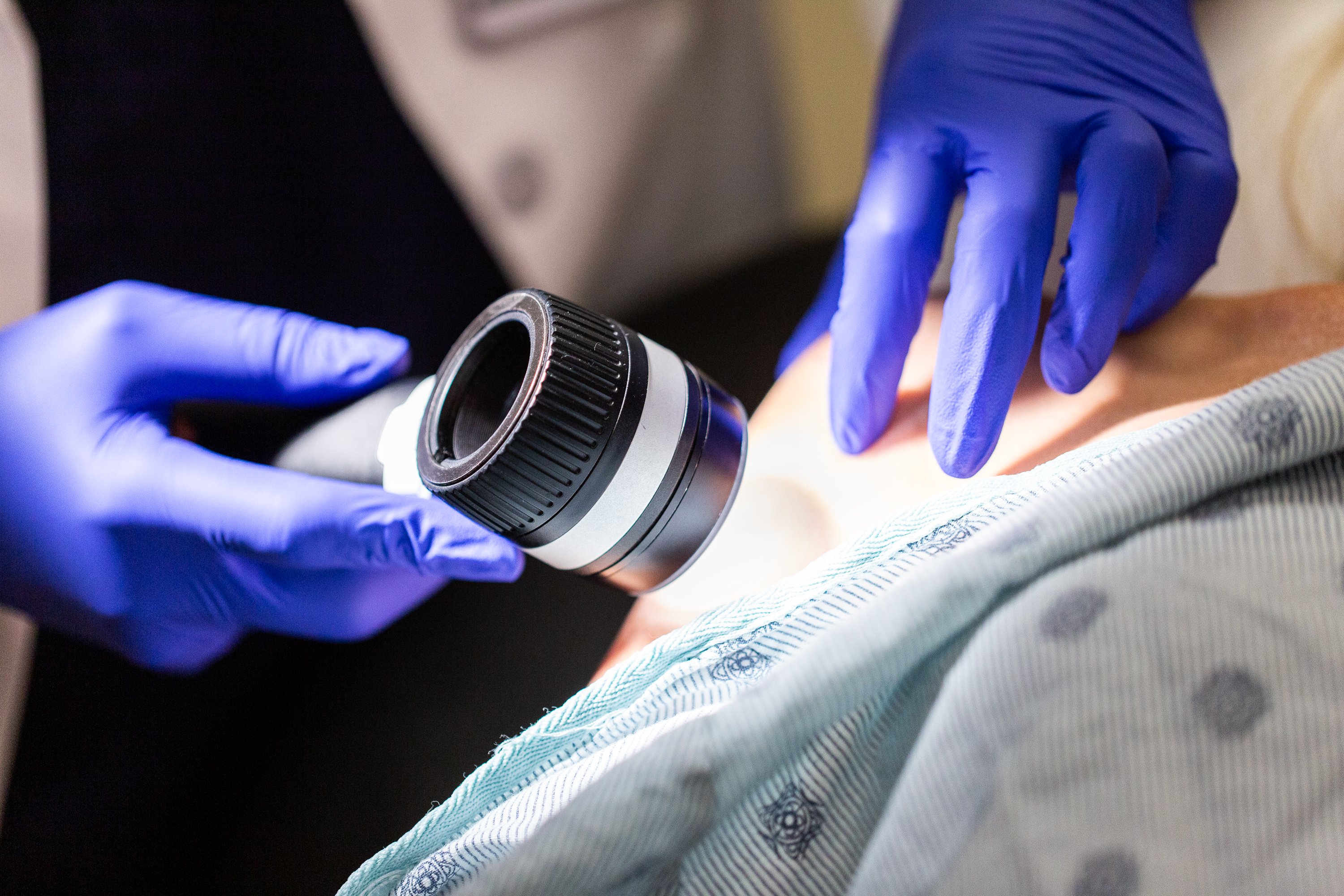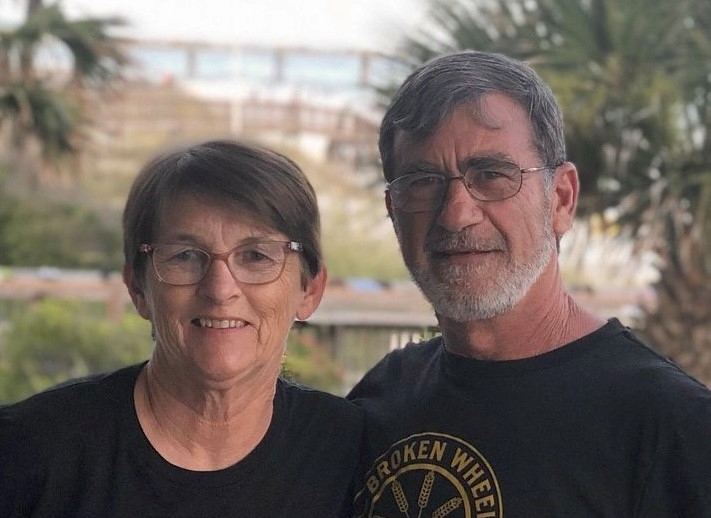- Diseases
- Acoustic Neuroma (14)
- Adrenal Gland Tumor (24)
- Anal Cancer (66)
- Anemia (2)
- Appendix Cancer (16)
- Bile Duct Cancer (26)
- Bladder Cancer (68)
- Brain Metastases (28)
- Brain Tumor (230)
- Breast Cancer (718)
- Breast Implant-Associated Anaplastic Large Cell Lymphoma (2)
- Cancer of Unknown Primary (4)
- Carcinoid Tumor (8)
- Cervical Cancer (154)
- Colon Cancer (164)
- Colorectal Cancer (110)
- Endocrine Tumor (4)
- Esophageal Cancer (42)
- Eye Cancer (36)
- Fallopian Tube Cancer (6)
- Germ Cell Tumor (4)
- Gestational Trophoblastic Disease (2)
- Head and Neck Cancer (6)
- Kidney Cancer (124)
- Leukemia (344)
- Liver Cancer (50)
- Lung Cancer (288)
- Lymphoma (284)
- Mesothelioma (14)
- Metastasis (30)
- Multiple Myeloma (98)
- Myelodysplastic Syndrome (60)
- Myeloproliferative Neoplasm (4)
- Neuroendocrine Tumors (16)
- Oral Cancer (100)
- Ovarian Cancer (170)
- Pancreatic Cancer (164)
- Parathyroid Disease (2)
- Penile Cancer (14)
- Pituitary Tumor (6)
- Prostate Cancer (144)
- Rectal Cancer (58)
- Renal Medullary Carcinoma (6)
- Salivary Gland Cancer (14)
- Sarcoma (236)
- Skin Cancer (296)
- Skull Base Tumors (56)
- Spinal Tumor (12)
- Stomach Cancer (60)
- Testicular Cancer (28)
- Throat Cancer (90)
- Thymoma (6)
- Thyroid Cancer (98)
- Tonsil Cancer (30)
- Uterine Cancer (78)
- Vaginal Cancer (14)
- Vulvar Cancer (18)
- Cancer Topic
- Adolescent and Young Adult Cancer Issues (20)
- Advance Care Planning (10)
- Biostatistics (2)
- Blood Donation (18)
- Bone Health (8)
- COVID-19 (362)
- Cancer Recurrence (120)
- Childhood Cancer Issues (120)
- Clinical Trials (628)
- Complementary Integrative Medicine (24)
- Cytogenetics (2)
- DNA Methylation (4)
- Diagnosis (230)
- Epigenetics (6)
- Fertility (64)
- Follow-up Guidelines (2)
- Health Disparities (14)
- Hereditary Cancer Syndromes (124)
- Immunology (18)
- Li-Fraumeni Syndrome (8)
- Mental Health (118)
- Molecular Diagnostics (8)
- Pain Management (62)
- Palliative Care (8)
- Pathology (10)
- Physical Therapy (18)
- Pregnancy (18)
- Prevention (898)
- Research (392)
- Second Opinion (74)
- Sexuality (16)
- Side Effects (604)
- Sleep Disorders (10)
- Stem Cell Transplantation Cellular Therapy (216)
- Support (404)
- Survivorship (322)
- Symptoms (184)
- Treatment (1776)
Surgical relief from lymphedema
BY Lori Baker
3 minute read | Published April 28, 2016
Medically Reviewed | Last reviewed by an MD Anderson Cancer Center medical professional on April 28, 2016
When Paula Bell was diagnosed with stage III breast cancer in her left breast in 2007, she had chemotherapy prior to undergoing a mastectomy, and then radiation and drug treatment. But eventually, Paula’s arm began to swell due to lymphedema, localized fluid retention and tissue swelling that can result from treating breast cancer, as well as melanoma, sarcoma and pelvic cancer.
Her surgeon recommended she see Edward Chang, M.D., in Plastic Surgery.
“Once I got to Dr. Chang, he and his staff were my dream team,” Paula says.
In May 2015, Chang did a 10-1/2 hour surgery that included reconstruction and the transfer of lymph nodes and blood vessels from Paula’s abdomen to her arm.
Paula didn’t experience any complications after the surgery. During recovery, she started physical therapy, where she learned how to wrap her arm and do appropriate exercises.
Paula is one of many MD Anderson patients who’s experiencing big relief from lymphedema, thanks to some tiny reconnections.
Experience matters
Our surgeons are among the pioneers in two surgical procedures for lymphedema, which are offered only in a few specialized centers around the world. This means big benefits for many of our patients.
About 60-80% of patients undergoing these complex surgeries at MD Anderson see their lymphedema symptoms improve, and 10-20% have their limbs return to normal, according to Matthew Hanasono, M.D., professor, Plastic Surgery.
More than a cosmetic problem
Radiation and surgery to treat cancer can impact the proper functioning of the body’s lymphatic system, which collects and drains lymph from our bodies. Lymph can collect and result in lymphedema. It causes swelling in the arm/hand (if the damage is in the underarm area) or leg/foot (if the damage is in the groin area). It also decreases the ability to fight infection.
The extent of swelling varies. Some is so severe that patients have difficulty finding clothing that fits and struggle to work and perform other personal tasks. Many patients also experience limb tightness and heaviness.
Until these surgeries, the only ways to help were frequent (often daily) manual squeezing of the arm or leg and regularly wearing very tight wraps. And any cut or infection needed quick evaluation.
How the lymphedema surgeries work
One of the surgeries involves creating a bypass, an alternate path for the lymph to drain. The other surgery involves transplanting a lymph node from one area of the patient’s body to the damaged area.
“Think about a traffic jam on a tollway created because all the toll booths are closed,” Chang explains. “The bypass procedure is like creating a detour around the toll booths. The transfer procedure is like building a new toll booth.”
These lymphedema surgeries are done by plastic surgeons who are skilled at connecting vessels to nourish transplanted tissue. The lymph vessels are difficult to see because they’re very small and almost transparent. Plastic surgeons are best prepared to use the equipment for these microsurgical procedures and to perform such delicate and complicated surgeries.
The lymphovenous bypass usually requires two to five small incisions where lymph vessels are cut and reconnected to blood vessels as the alternate drainage path. Patients often report improvement right after surgery.
“Many patients say they feel less tightness and/or heaviness in the limb right away and experience some decrease in the size of their limb over time. The amount of reduction varies, but many receive some level of benefit. Some of our patients’ limbs have returned to pre-lymphedema size,” Hanasono says.
The lymph node transfer surgery is more involved and takes longer to see results. A healthy lymph node (or nodes) is surgically removed from one part of the patient’s body and microsurgically implanted into his or her affected area.
It typically takes a few months for the transplanted node to become functional. If the transplant is successful, the patient may be able to reduce or discontinue traditional lymphedema therapies.
“Many patients report their arms feel lighter right after bypass surgery,” Chang says. “And their outlook lightens too. Any relief from lymphedema improves quality of life.”
Paula Bell knows this first-hand. “The entire experience was remarkable,” she says. “I’ve been able to control my lymphedema, and there’s a visible difference in my arm.”
A longer version of this story originally appeared in Messenger, MD Anderson’s bimonthly employee publication.
Related Cancerwise Stories

The entire experience was remarkable.
Paula Bell
Survivor





